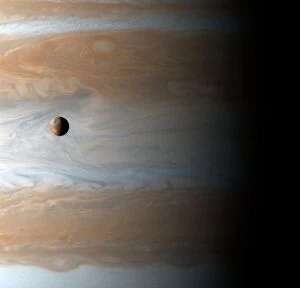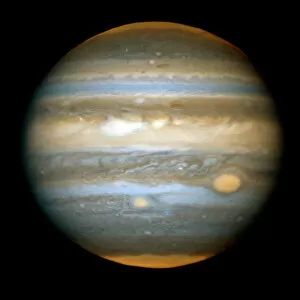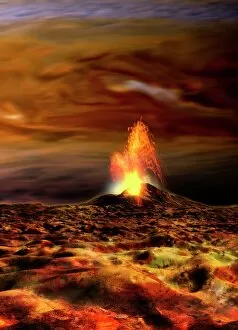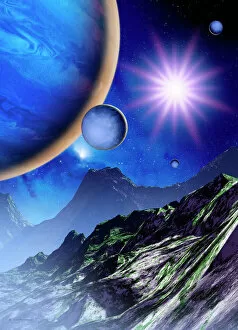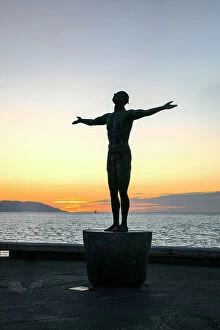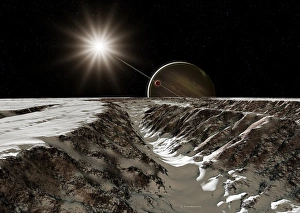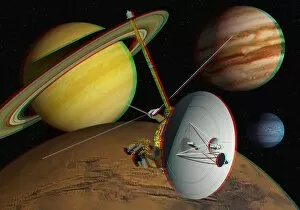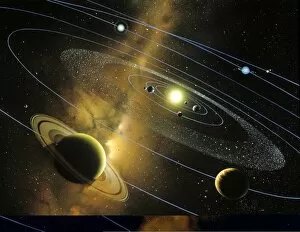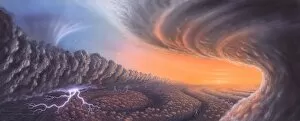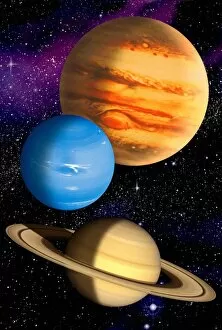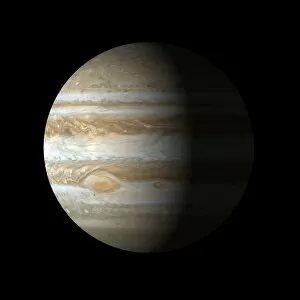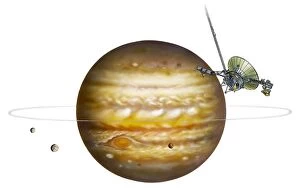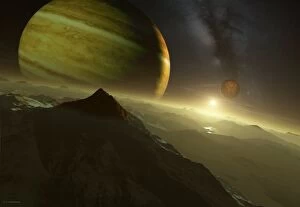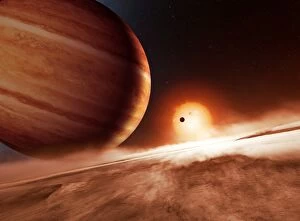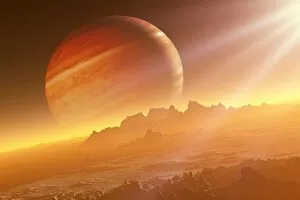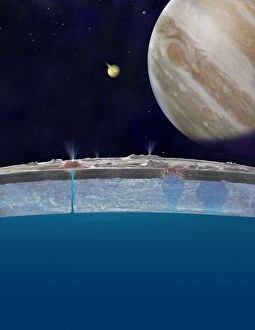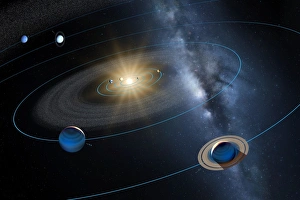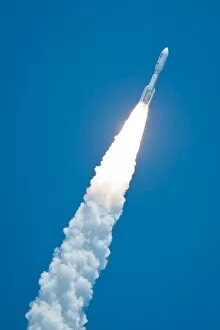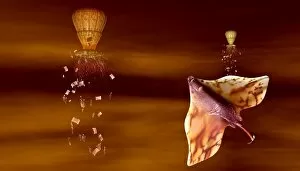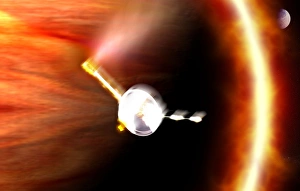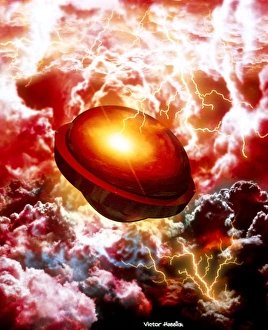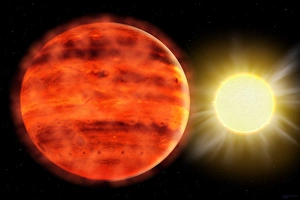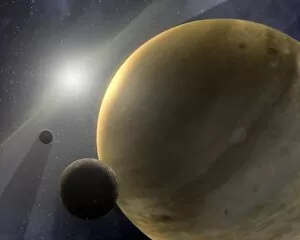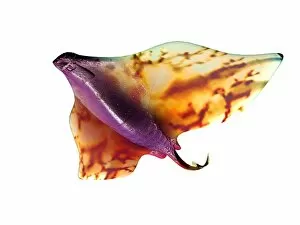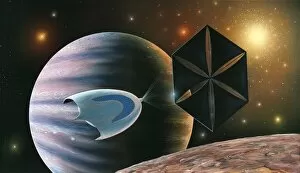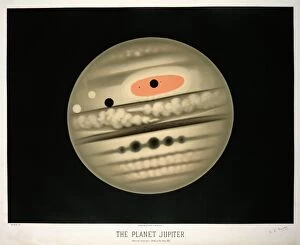Jovian Collection
"Exploring the Mysteries of Jovian: From Io's Fiery Dance to Jupiter's Majestic Presence" In this captivating image captured by the Cassini spacecraft
All Professionally Made to Order for Quick Shipping
"Exploring the Mysteries of Jovian: From Io's Fiery Dance to Jupiter's Majestic Presence" In this captivating image captured by the Cassini spacecraft, we witness the mesmerizing celestial ballet between Jupiter and its moon, Io. The largest planet in our solar system, Jupiter has always held a special place in our fascination with space. Jupiter's moon, Io, showcases its volcanic activity through vibrant eruptions that paint a surreal picture against the backdrop of this gas giant. This artwork reminds us of an alien planet where nature defies all expectations. Italian astronomer Galileo Galilei was one of the first to observe Jupiter and its moons through his telescope centuries ago. His discoveries paved the way for future explorations and deepened our understanding of this enigmatic planet. The portrait of Roman Emperor Jovian adds another layer to Jovian's rich history. As an allegorical figure representing Rome's power and might, it draws parallels between ancient mythology and astronomical wonders. Iouinianus' illustration from "Imperatorum romanorum omnium orientalium et" sparks imagination as flying aliens soar above what seems like another world altogether. It ignites curiosity about life beyond Earth within the vastness of space surrounding Jupiter. Europa offers yet another perspective on Jovian as we gaze at this icy moon from afar. Its mysterious surface hints at hidden secrets waiting to be unraveled by future missions venturing into these unexplored realms. The Voyager spacecraft provided us with breathtaking stereo images that allowed us to immerse ourselves in Jupiter's grandeur like never before. These snapshots serve as reminders that there is so much more left to discover within our own cosmic neighborhood. Engravings depicting Roman Emperors remind us how human history intertwines with celestial bodies such as Jovian throughout time. They symbolize humanity's eternal quest for knowledge and exploration beyond earthly boundaries.

